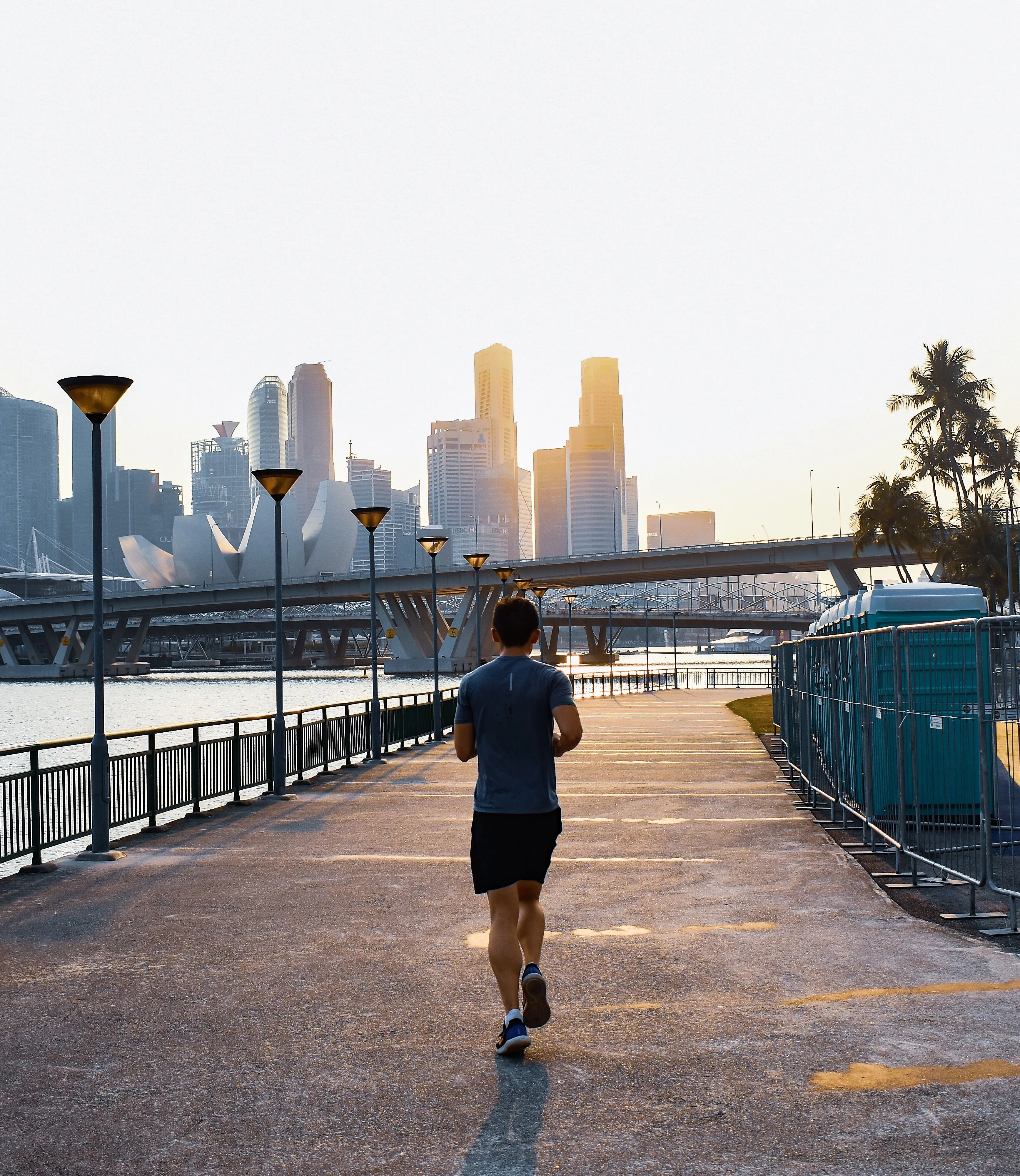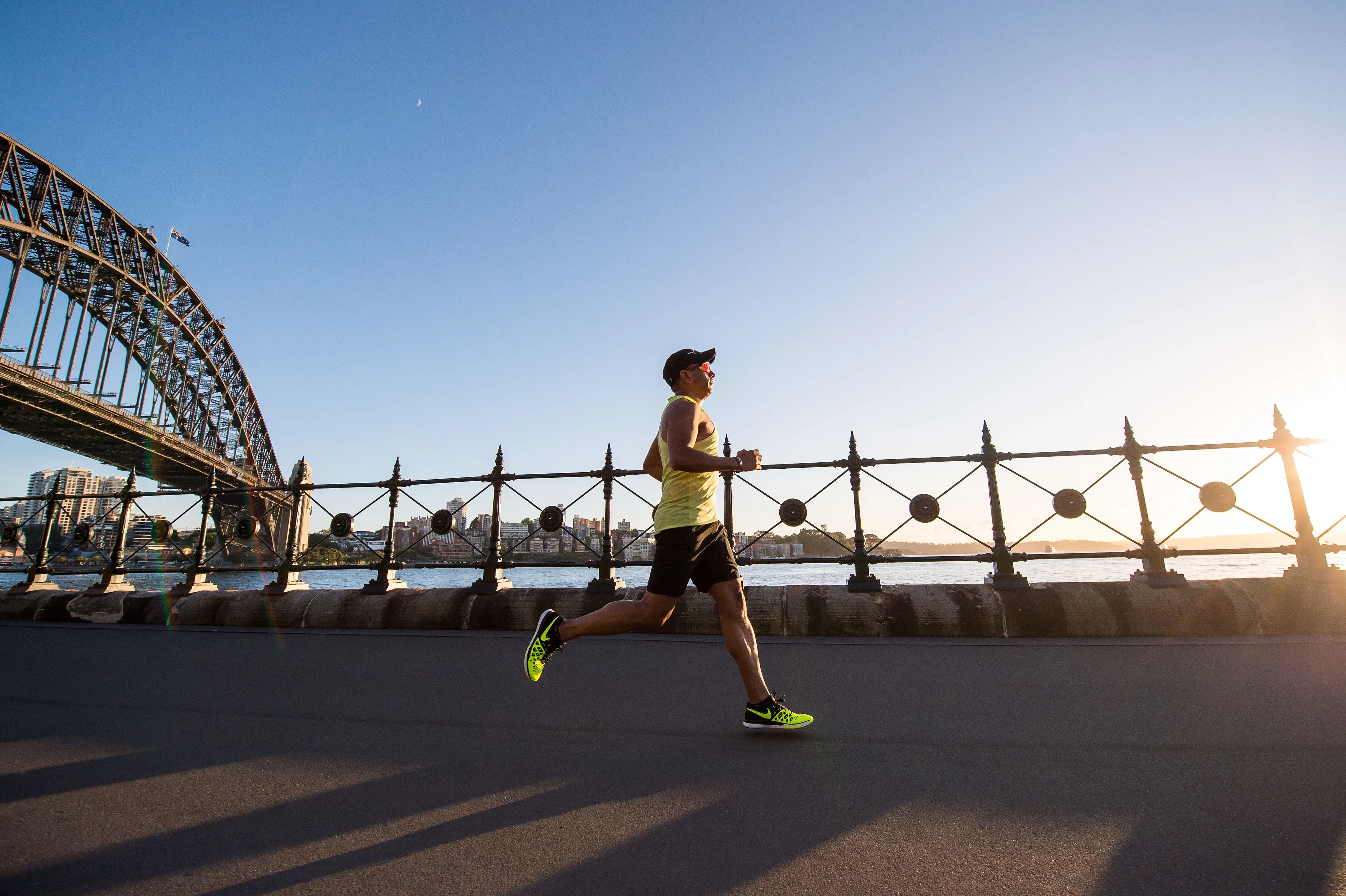
Running is an activity that demands personal safety as much as it demands speed and endurance. Ensuring your safety while running, particularly when embarking on long-distance trails or night runs, is crucial. A safer run not only prevents injuries but also enhances your running experience. This article, packed full of practical safety tips, aims to guide runners on how to prioritise personal safety.
Keeping Visible

One of the most critical considerations when running during the early morning or late evening hours is visibility. Dim light conditions make it hard for motorists and other road users to see you, which can lead to accidents. As a runner, you should wear bright, reflective clothing that stands out. Moreover, consider wearing a headlamp or carrying a torch, especially when running along poorly lit tracks or roads.
Staying Hydrated
Staying hydrated is crucial for any physical activity, more so for running. Hydrating before, during, and after your run is important as it not only keeps your body water balance but also helps restore lost electrolytes through perspiration. Also, knowing the signs of dehydration such as dry mouth, fatigue, and dizziness can protect you from serious health complications. Always bring a water bottle with you during long runs.
Choosing Safe Routes
Designing a safe running route is important. Routes with ample pedestrian spaces, limited vehicular traffic, and good lighting are ideal. If you prefer running on trials, make sure they are well-travelled and safe. Using running apps can help you discover and plan safe running routes. Remember to vary your routes to avoid predictability, which can also make your runs more refreshing and adventurous.
Listening To Your Body

As a runner, learning to listen to your body’s signals is essential. If you experience any discomfort or pain while running, it’s important to stop and address it. Pushing through the pain can lead to serious injuries. Regularly include rest days and incorporate stretching exercises in your routine to help your body recover. Also, knowing when to consult a professional is important.
Running in Groups
Running in groups can significantly improve your safety. When you run in groups, you not only have people to motivate you but also to help if you get injured or feel unwell. Group running is particularly beneficial during night runs or on isolated trails.
Respecting Weather Conditions
Adverse weather conditions can pose significant safety risks. High temperatures can lead to heat stroke while icy or wet conditions can cause slips and falls. Wearing appropriate gear for different weather conditions and knowing when it’s safe to run is crucial for your safety.
In conclusion, while running is indeed a pursuit towards health, fitness, and personal satisfaction, it should never compromise your safety. By following these tips, you will ensure your running journey is safe, pleasant, and great for your health.
Remember, safety in running is not an act but a habit. So create routines around these safety measures until they become second-nature.





